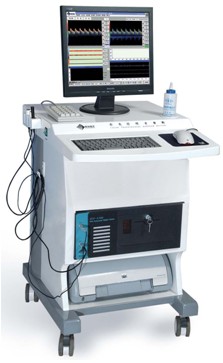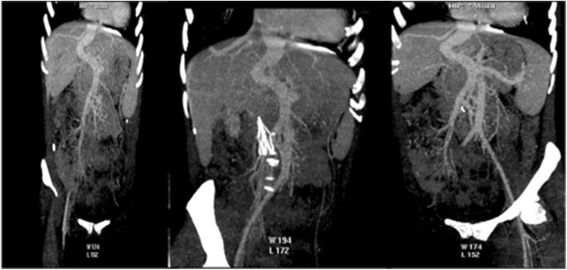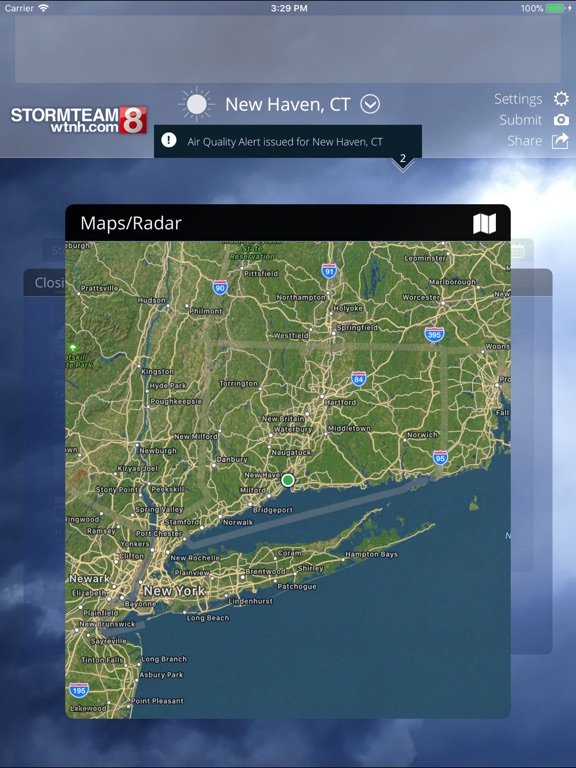
Their complete statement can be read below: Weber, who represented Cox, said the settlement amount is the largest in a police misconduct case in the nation’s history. Elicker said the officers are being held accountable for their alleged actions in court.Īttorneys Ben Crump, Louis Rubano and R.J. The mayor said the New Haven Police Department has since instituted a comprehensive set of reforms, updated their policies on the transportation of those in custody and required department-wide training on the duty to intervene.Įlicker said the actions of a few officers do not represent the values of the New Haven Police Department or the high standards the city holds for them. In his statement, Elicker described the steps the city of New Haven has taken to ensure another tragic incident does not occur in the city again. We remain resolved as a city to collectively work to ensure an incident like this never happens again.” I want to thank Randy and his family for their patience as we worked through this process. The City of New Haven will continue to do everything we can to assist him in his journey. That did not happen with Randy: he entered policy custody being able to walk, and he left police custody paralyzed with his life and his health forever altered… While nothing can ever return Randy’s life to the way it was prior to this incident, we trust that this settlement will allow him to receive the support and medical care he needs to move forward. When an individual enters police custody, there is an obligation to treat them with dignity and respect and in a manner that ensures their safety and well-being. Since hail can cause the rainfall estimates to be higher than what is actually occurring, steps are taken to prevent these high dBZ values from being converted to rainfall.“What happened to Randy Cox was unacceptable. Hail is a good reflector of energy and will return very high dBZ values. These values are estimates of the rainfall per hour, updated each volume scan, with rainfall accumulated over time. Depending on the type of weather occurring and the area of the U.S., forecasters use a set of rainrates which are associated to the dBZ values.

The higher the dBZ, the stronger the rainrate. Typically, light rain is occurring when the dBZ value reaches 20.

The scale of dBZ values is also related to the intensity of rainfall. The value of the dBZ depends upon the mode the radar is in at the time the image was created. Notice the color on each scale remains the same in both operational modes, only the values change. The other scale (near left) represents dBZ values when the radar is in precipitation mode (dBZ values from 5 to 75).

One scale (far left) represents dBZ values when the radar is in clear air mode (dBZ values from -28 to +28). Each reflectivity image you see includes one of two color scales. The dBZ values increase as the strength of the signal returned to the radar increases. So, a more convenient number for calculations and comparison, a decibel (or logarithmic) scale (dBZ), is used. Reflectivity (designated by the letter Z) covers a wide range of signals (from very weak to very strong). "Reflectivity" is the amount of transmitted power returned to the radar receiver.

The colors are the different echo intensities (reflectivity) measured in dBZ (decibels of Z) during each elevation scan.


 0 kommentar(er)
0 kommentar(er)
